September 8, 2017
High expectations mask large gap between understanding of artificial intelligence and its implementation
 New research published by the Boston Consulting Group and MIT Sloan Management Review suggests that there remains a wide gap between the understanding and adoption of artificial intelligence (AI) at most companies. The global study of over 3,000 firms and industry experts claims that almost 85 percent of executives believe AI will allow their companies to obtain or sustain a competitive advantage. However, only about one in five companies has incorporated AI in some offerings or processes. The new report claims to identify the key characteristics of AI leaders and offers companies a starting point for developing an AI strategy.
New research published by the Boston Consulting Group and MIT Sloan Management Review suggests that there remains a wide gap between the understanding and adoption of artificial intelligence (AI) at most companies. The global study of over 3,000 firms and industry experts claims that almost 85 percent of executives believe AI will allow their companies to obtain or sustain a competitive advantage. However, only about one in five companies has incorporated AI in some offerings or processes. The new report claims to identify the key characteristics of AI leaders and offers companies a starting point for developing an AI strategy.












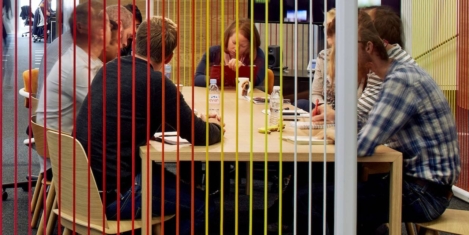
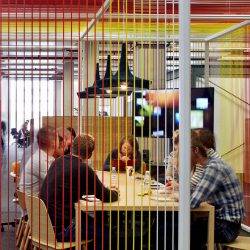

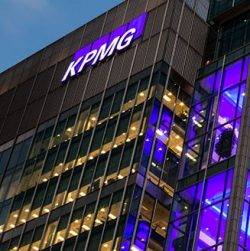
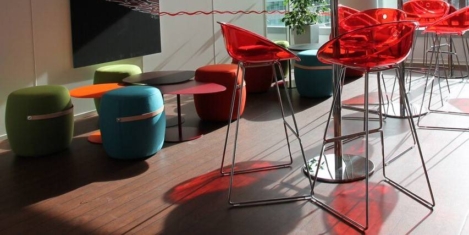
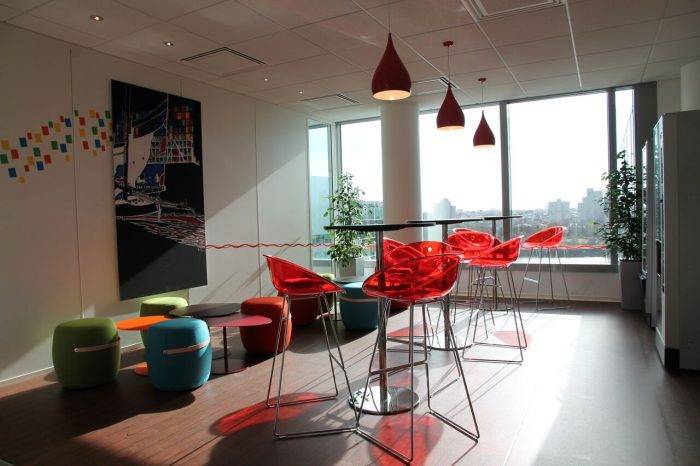
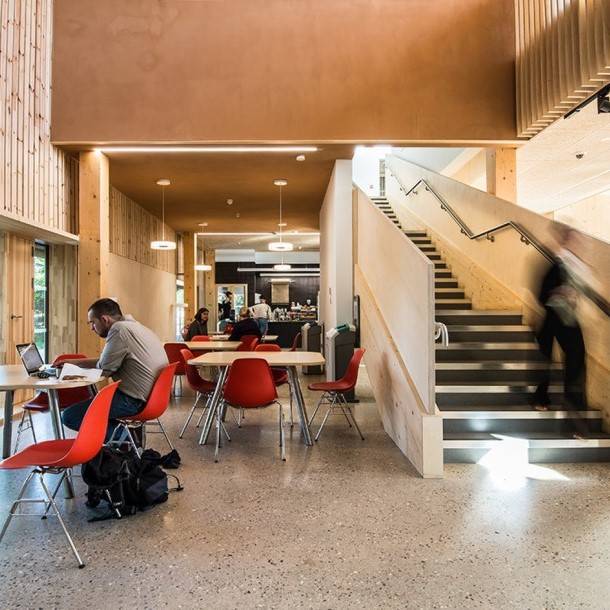















September 3, 2016
Electrosensitivity and the question of whether WiFi may be making us ill 0
by Mike James • Comment, Technology, Wellbeing
(more…)